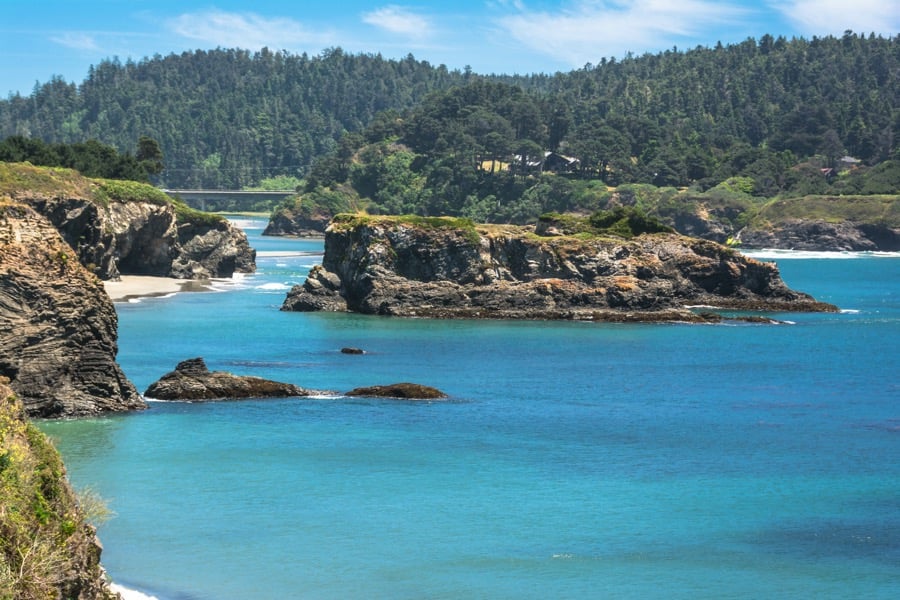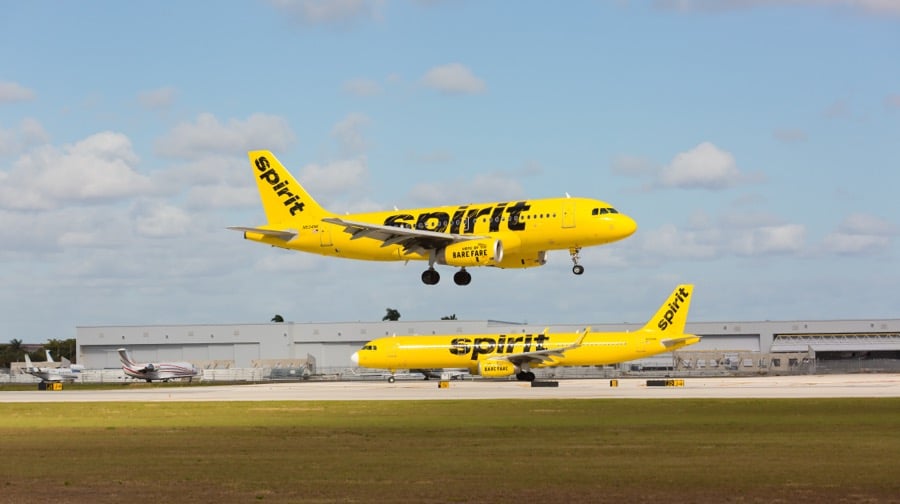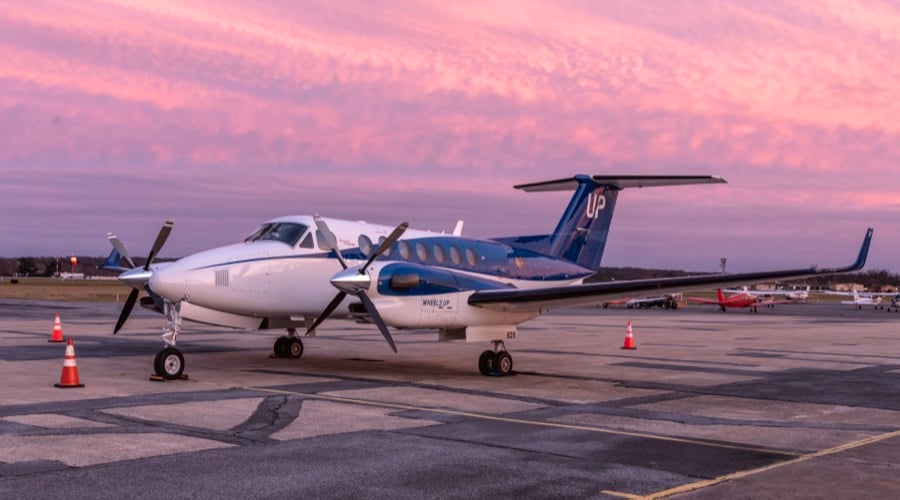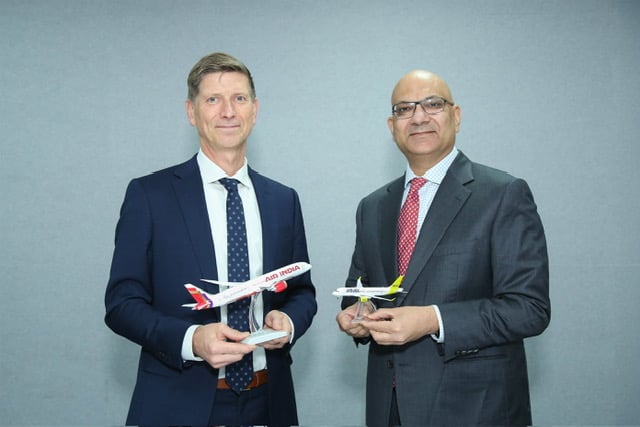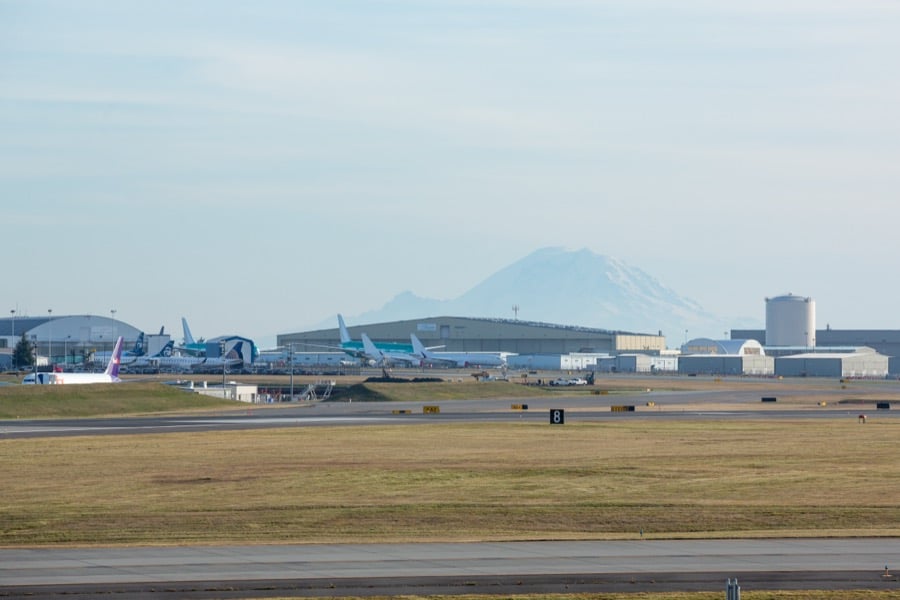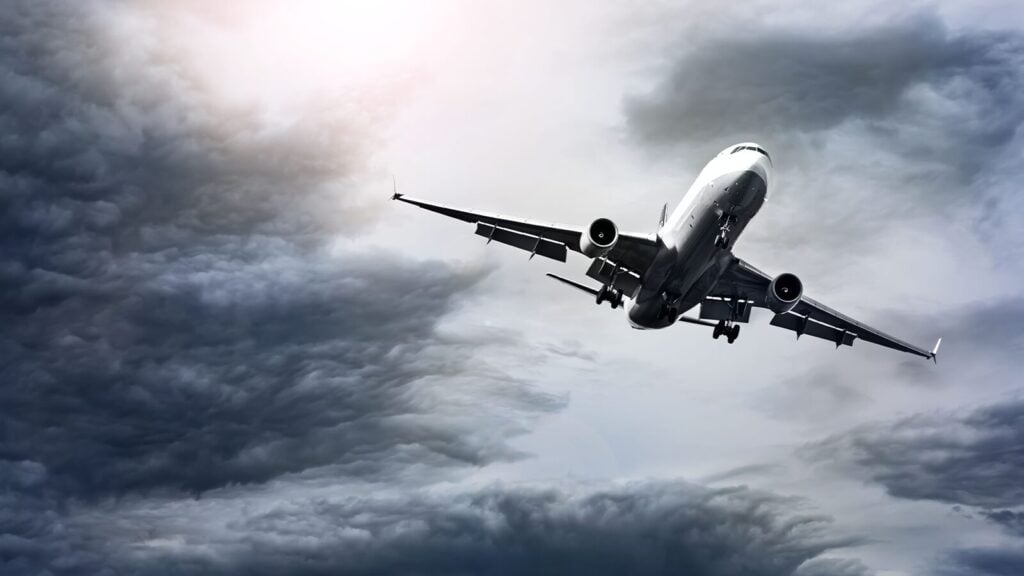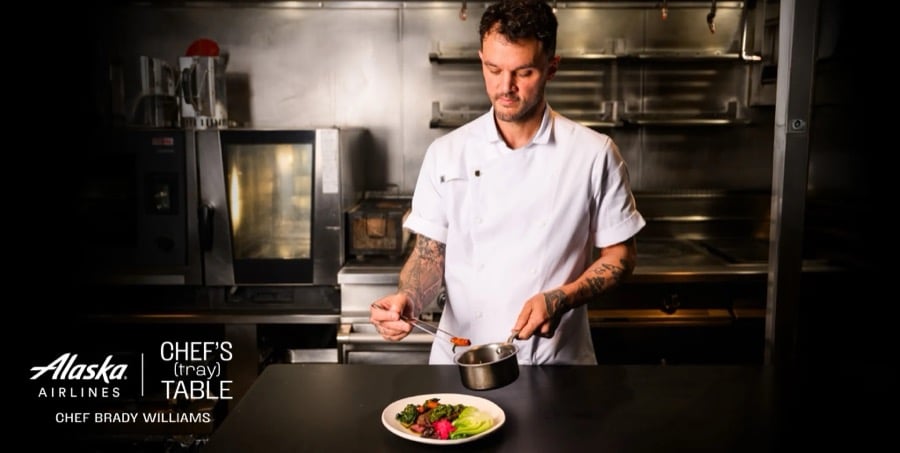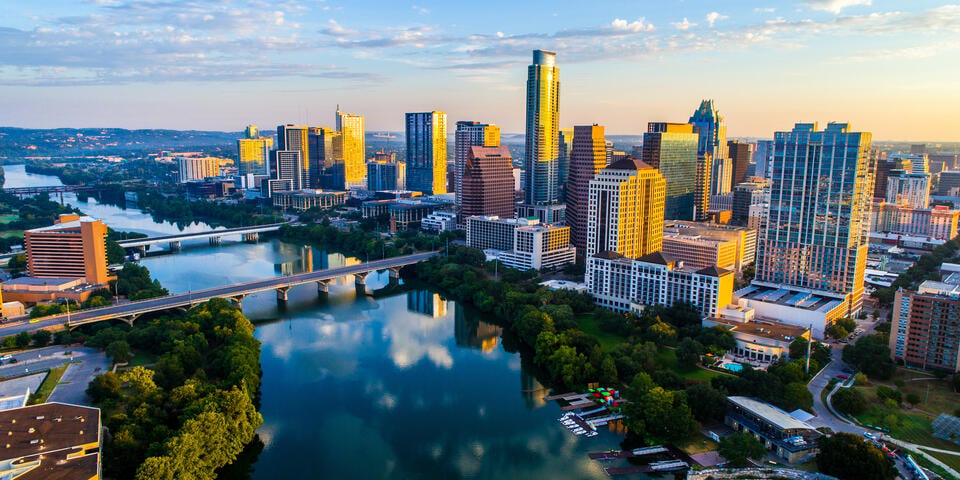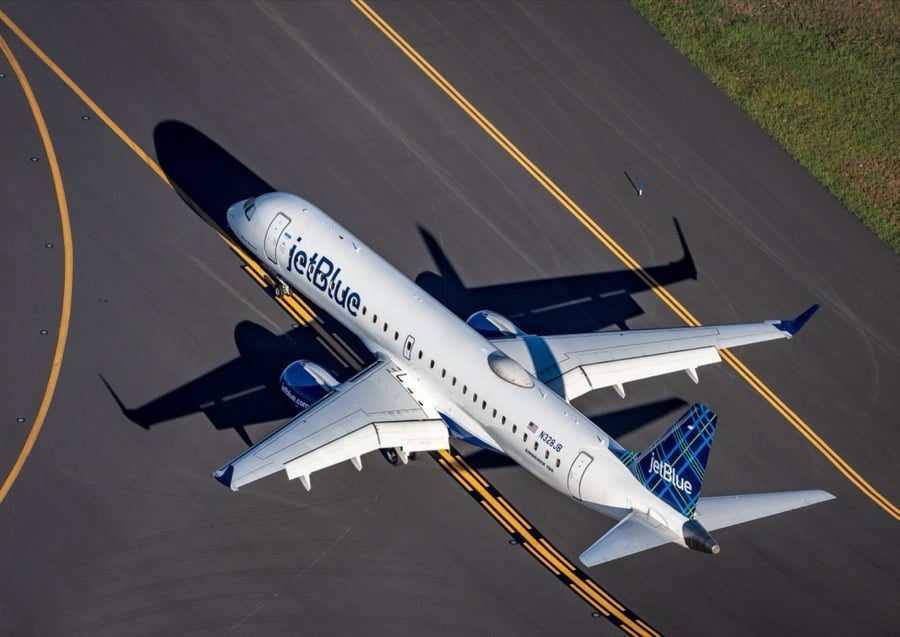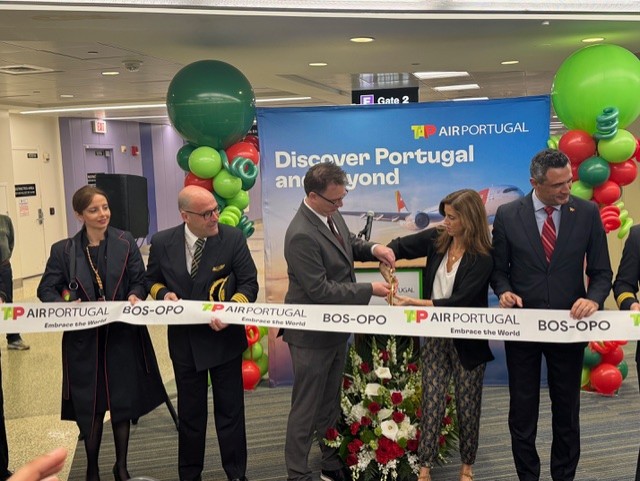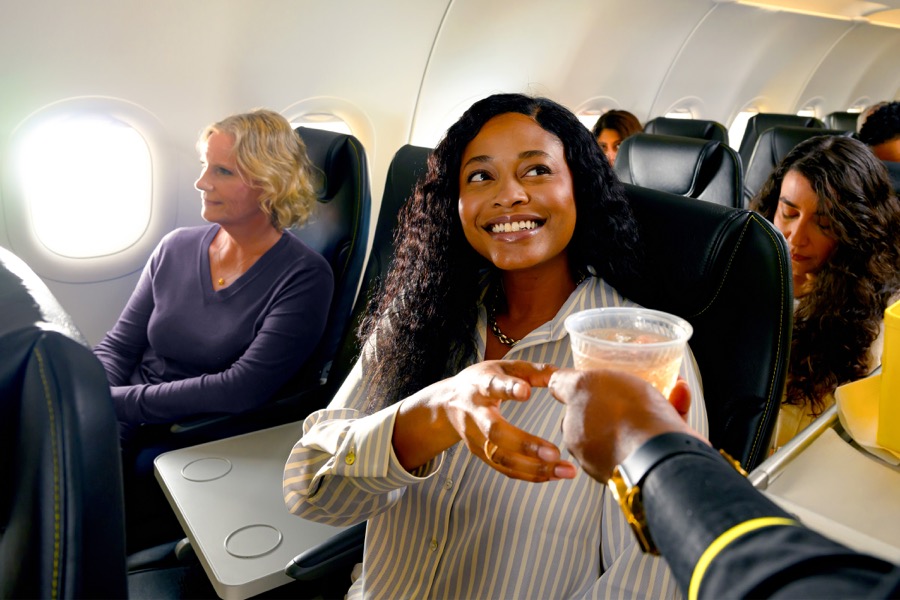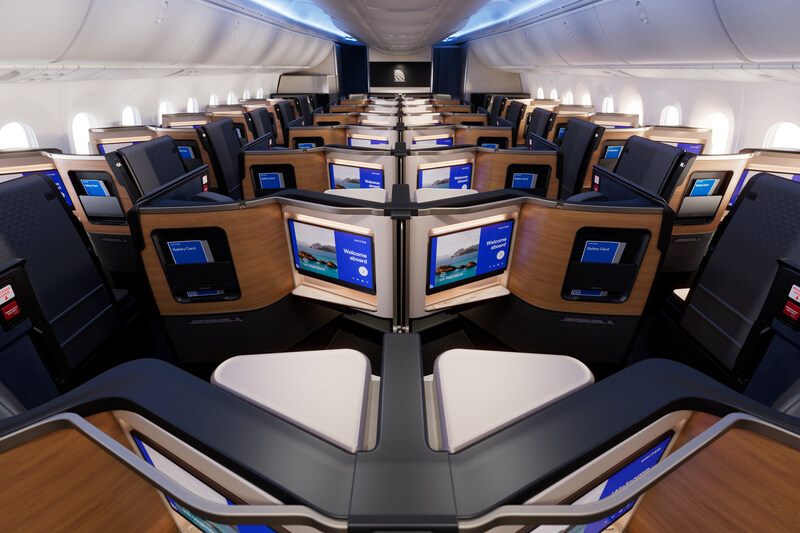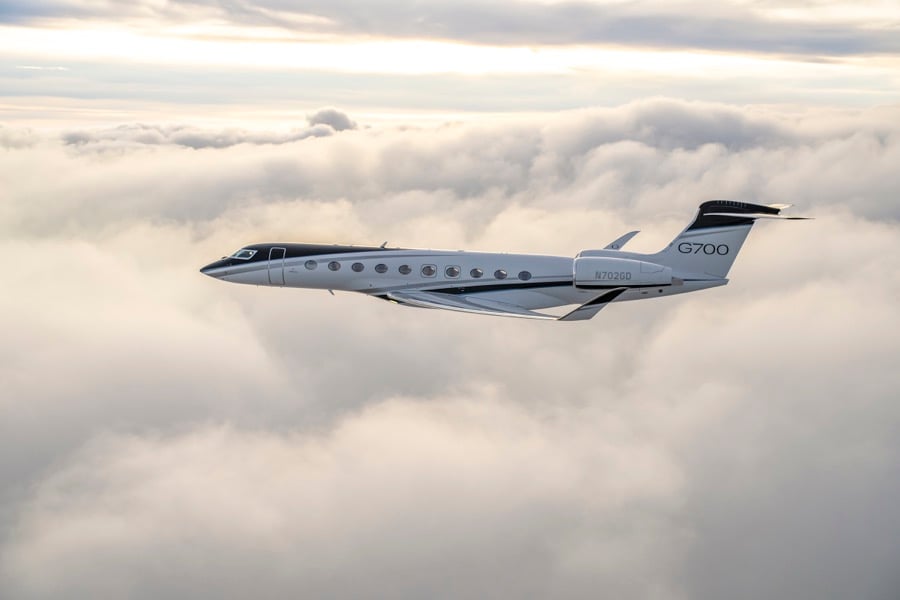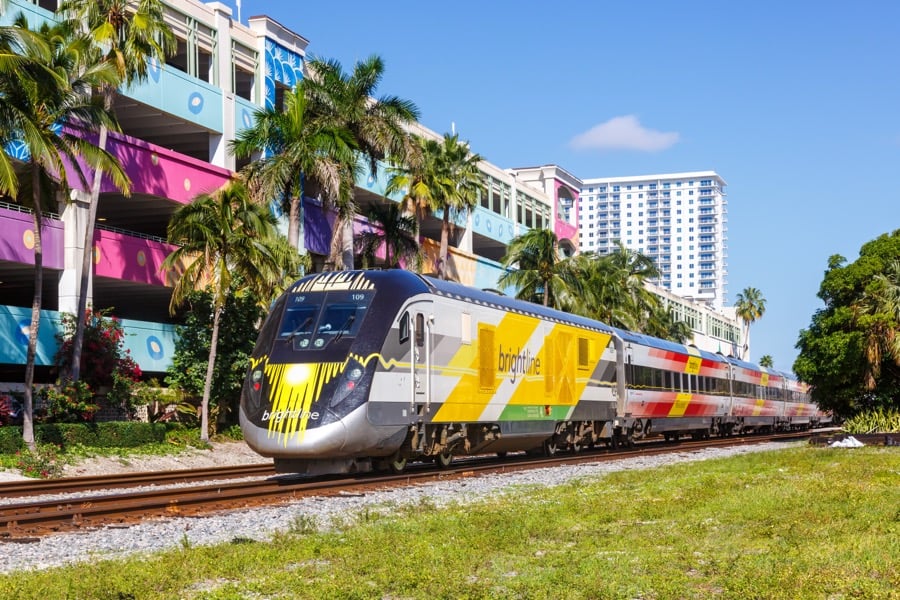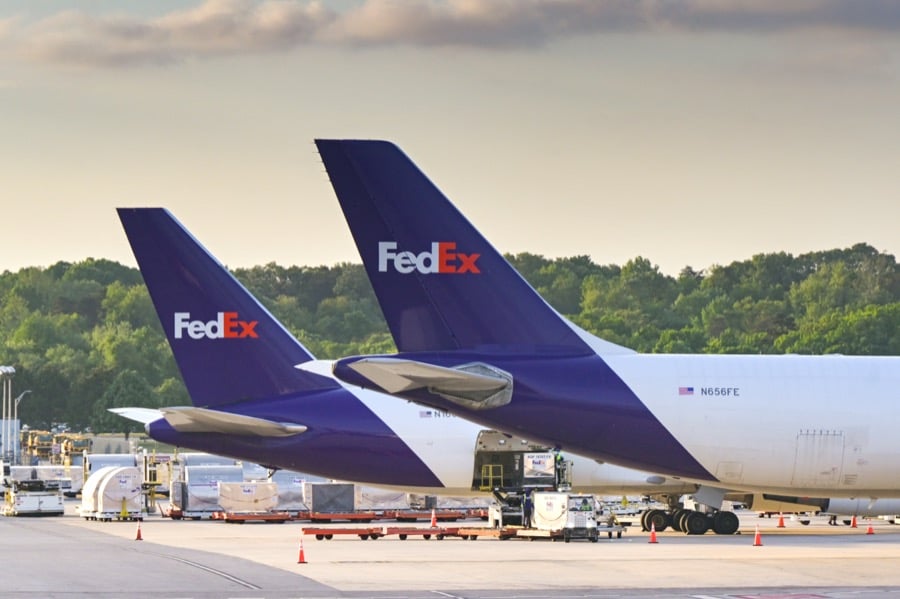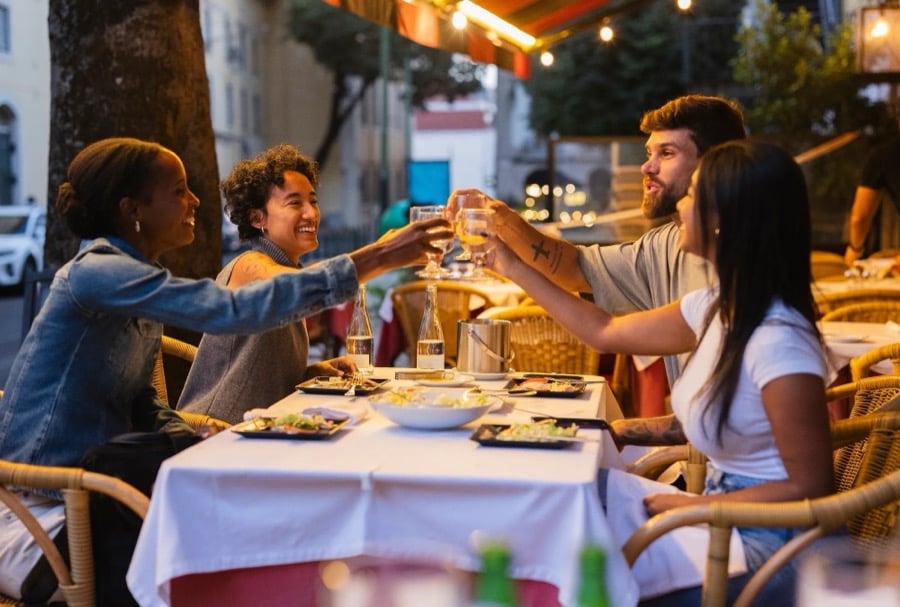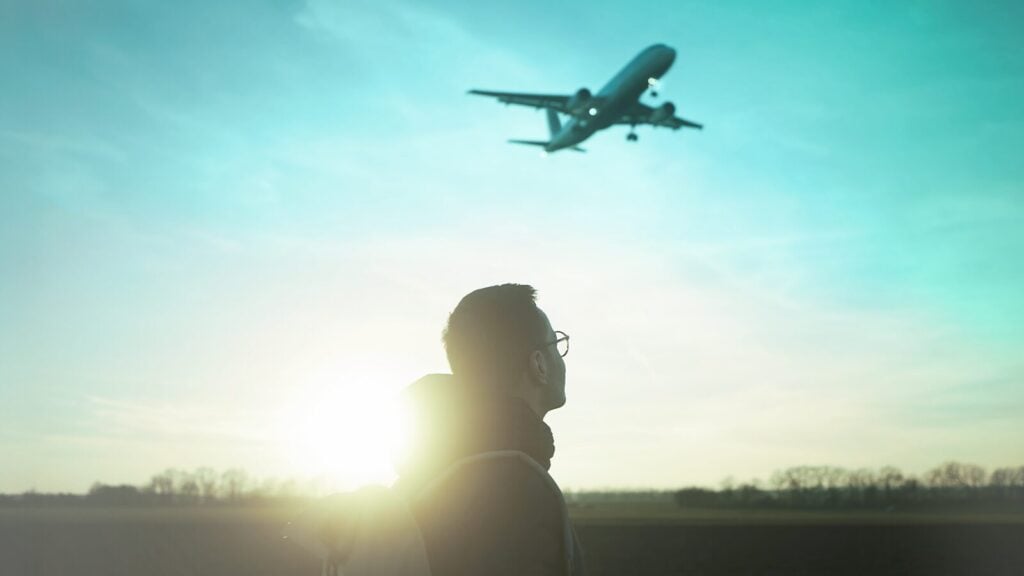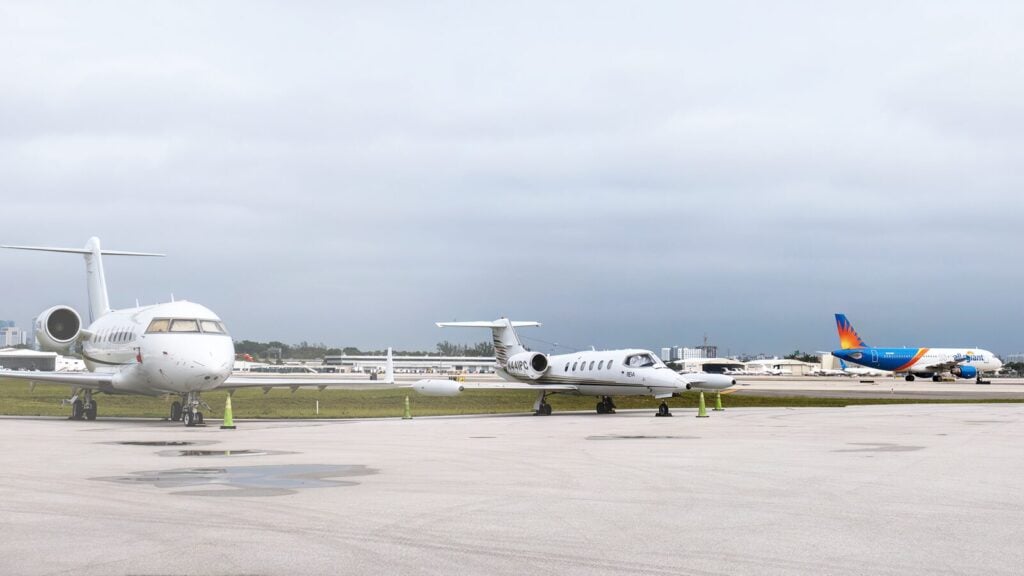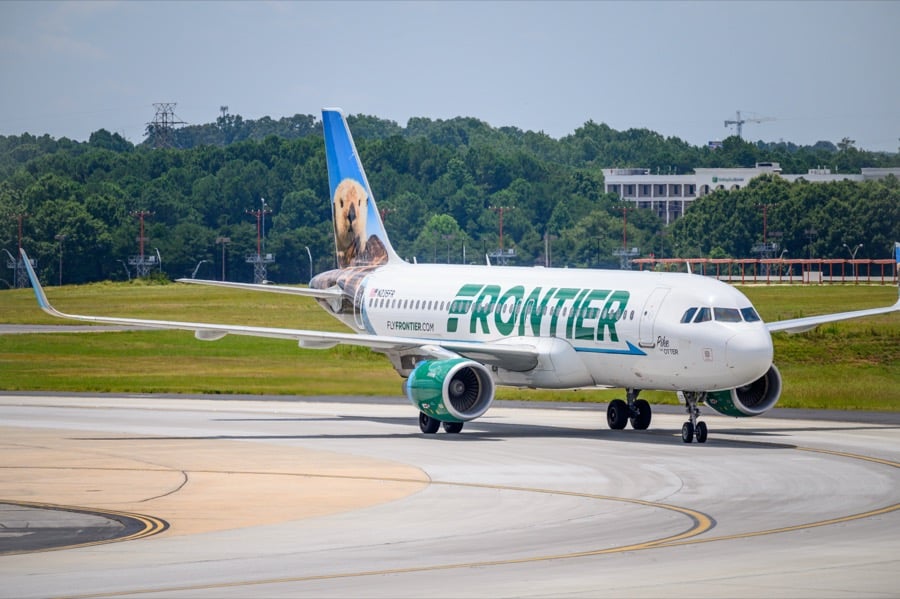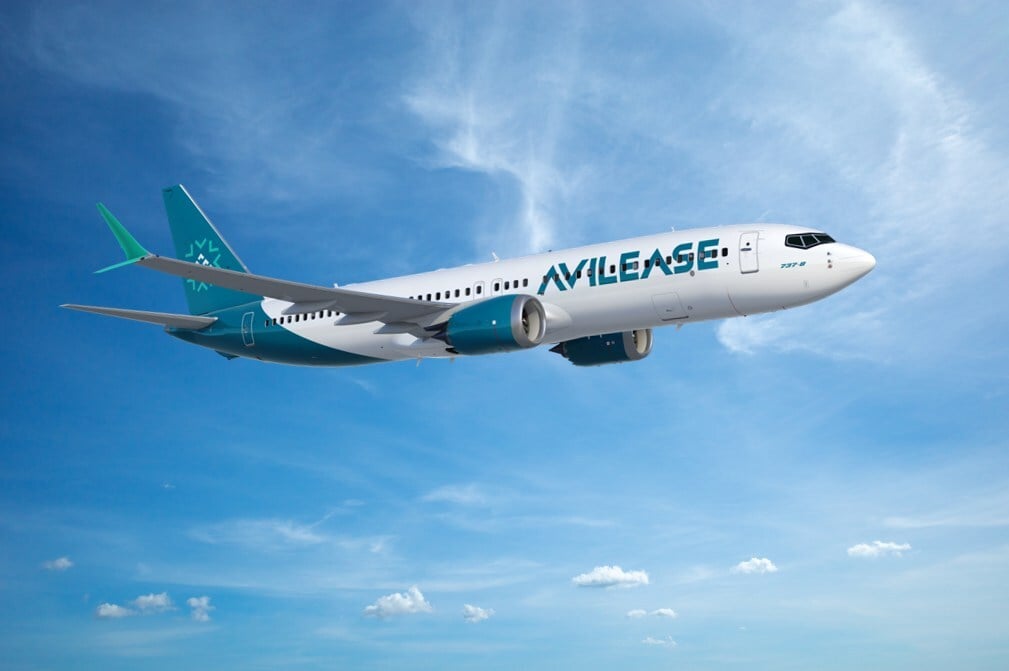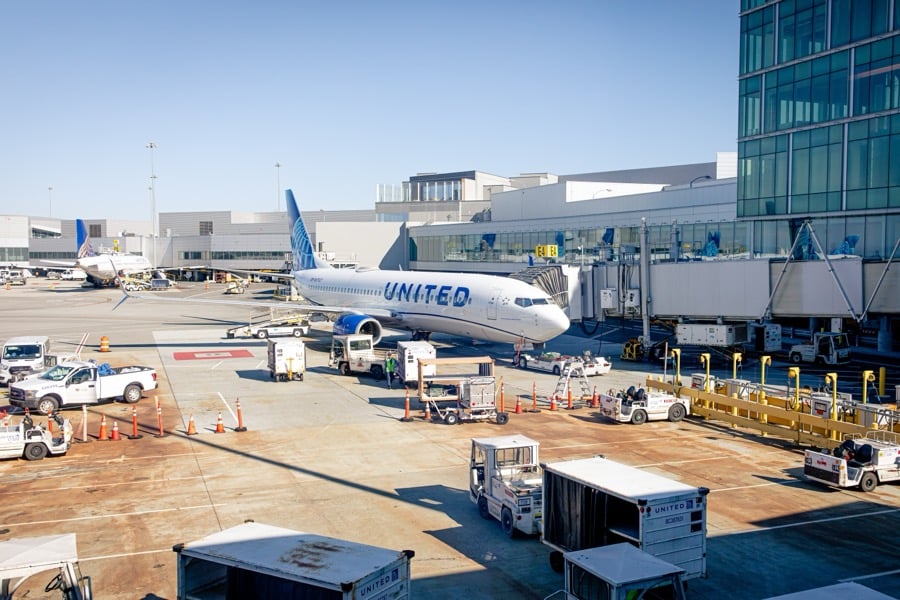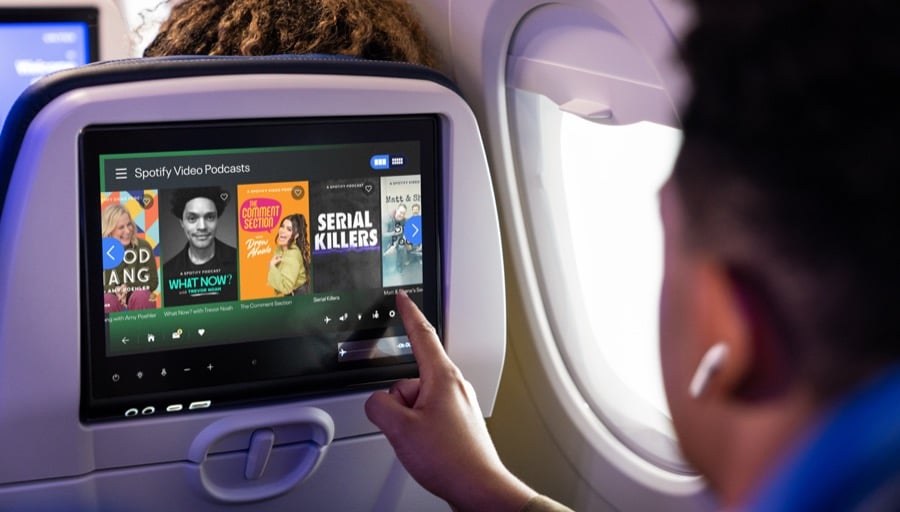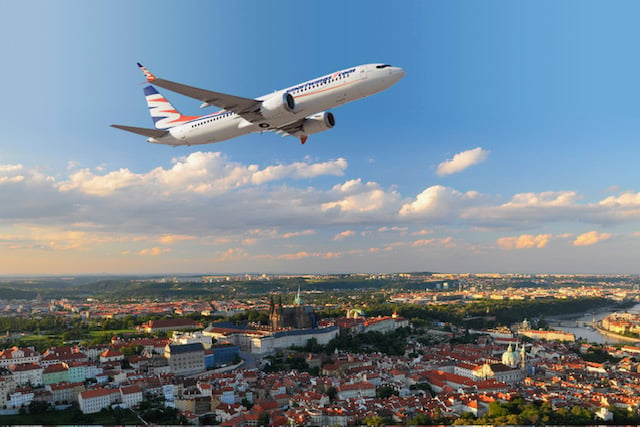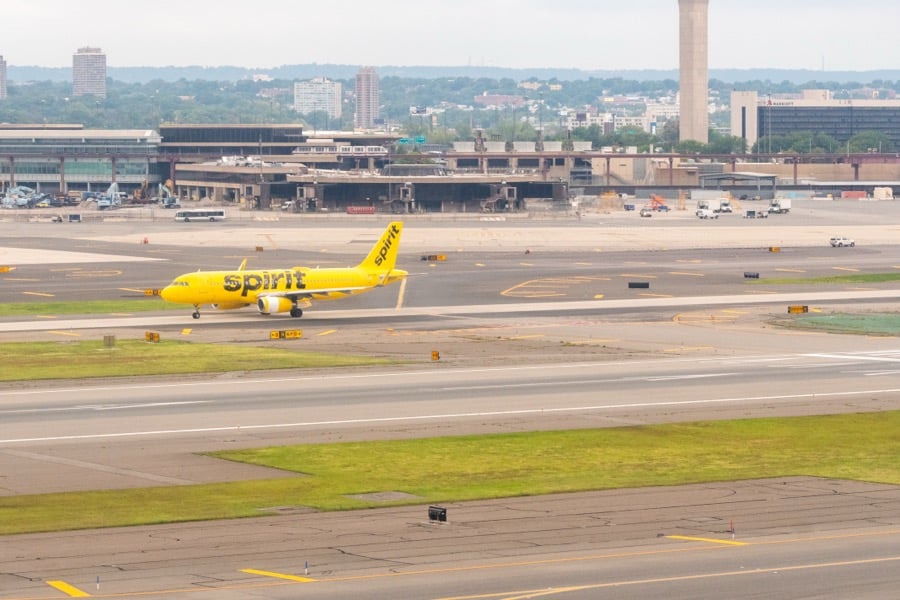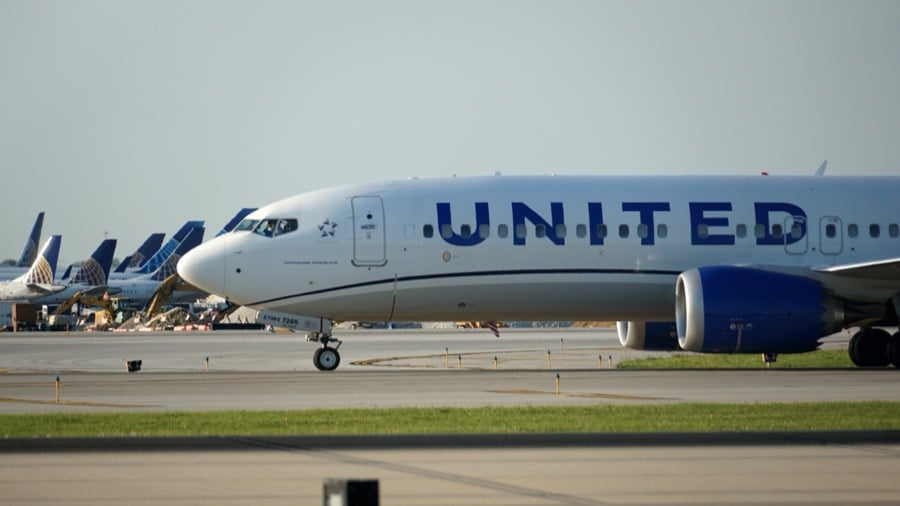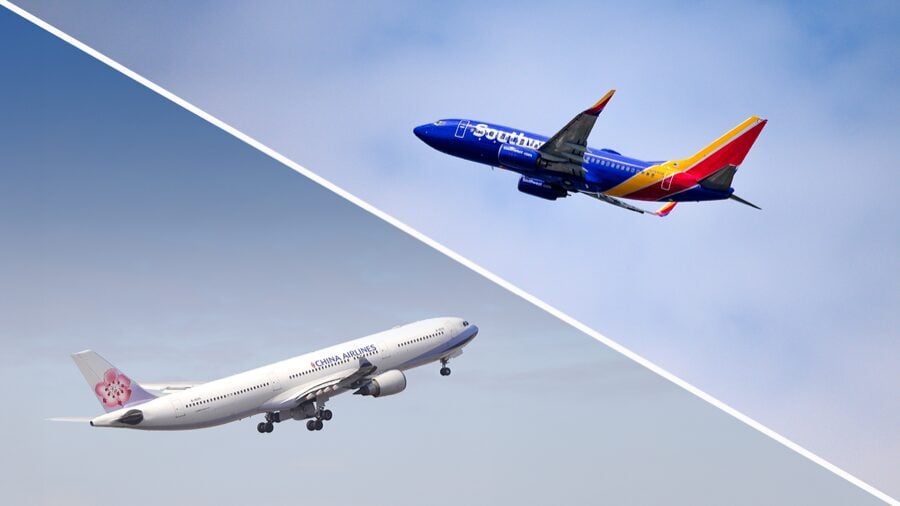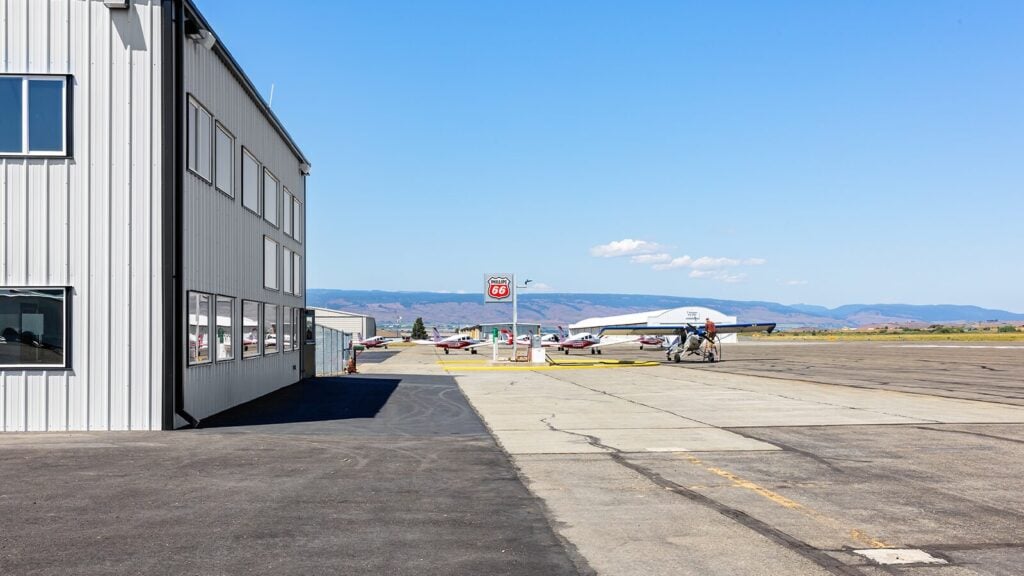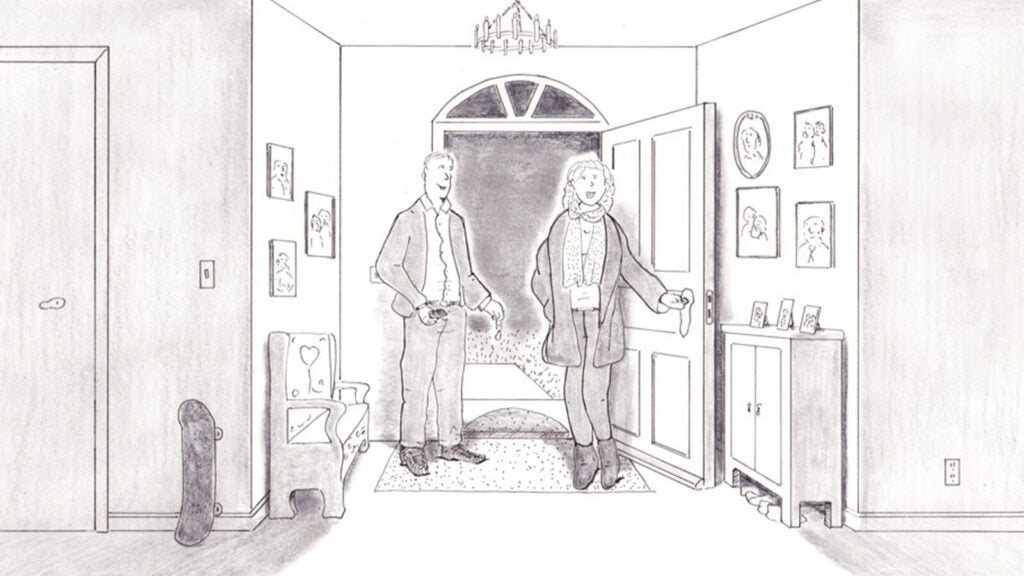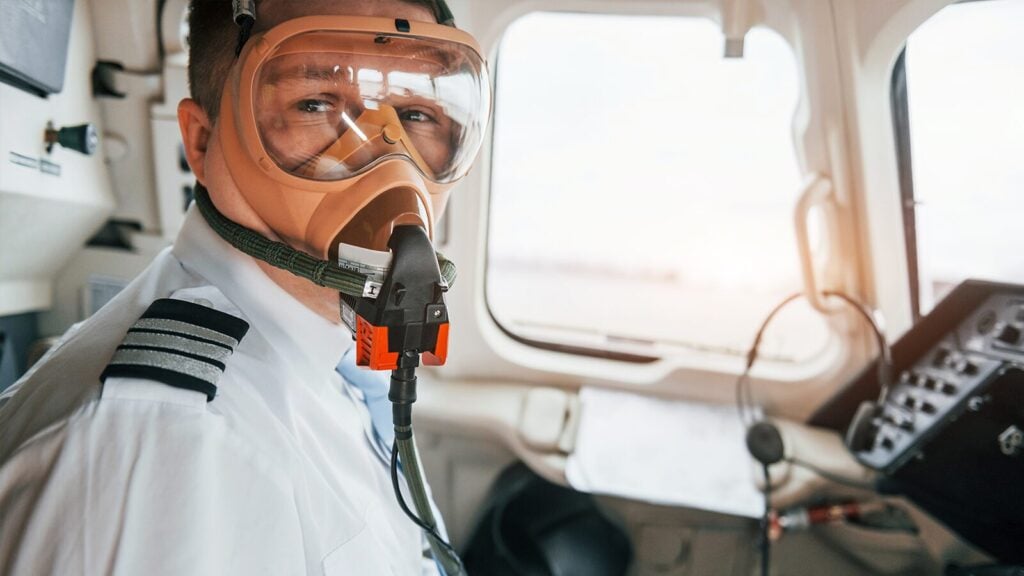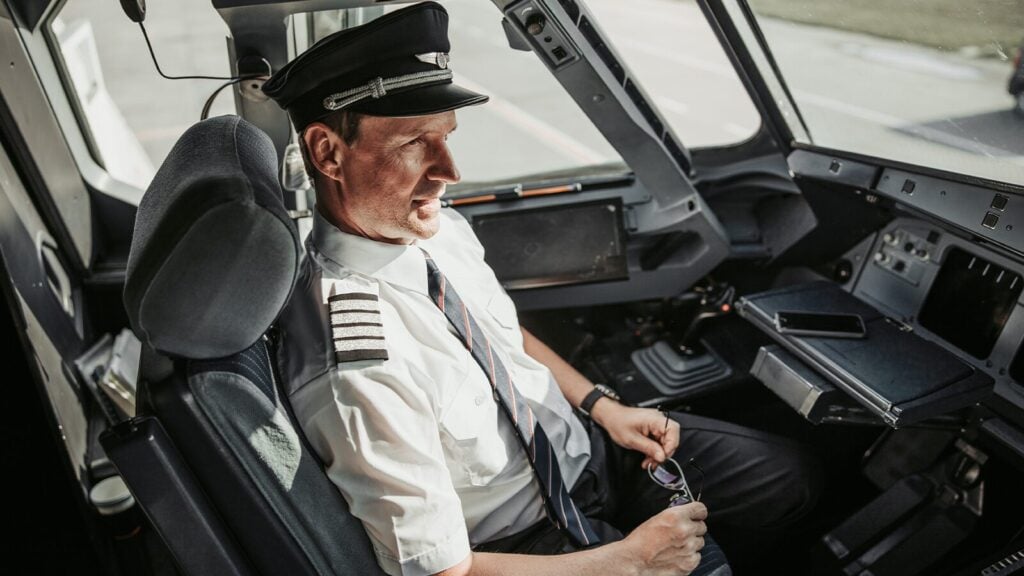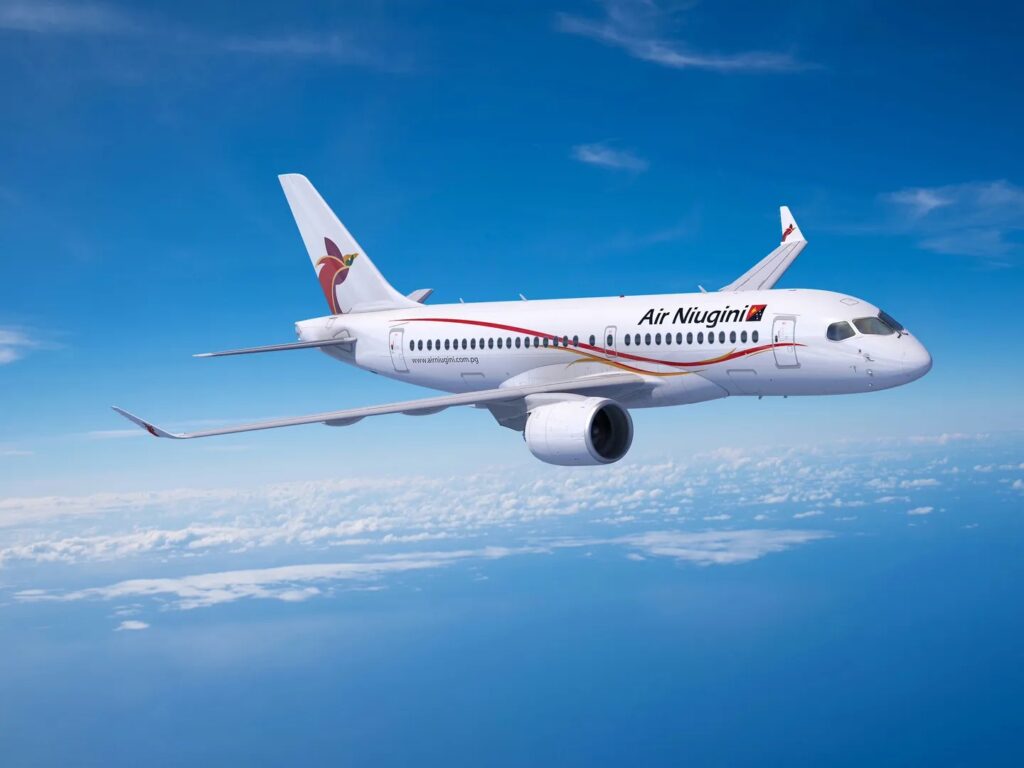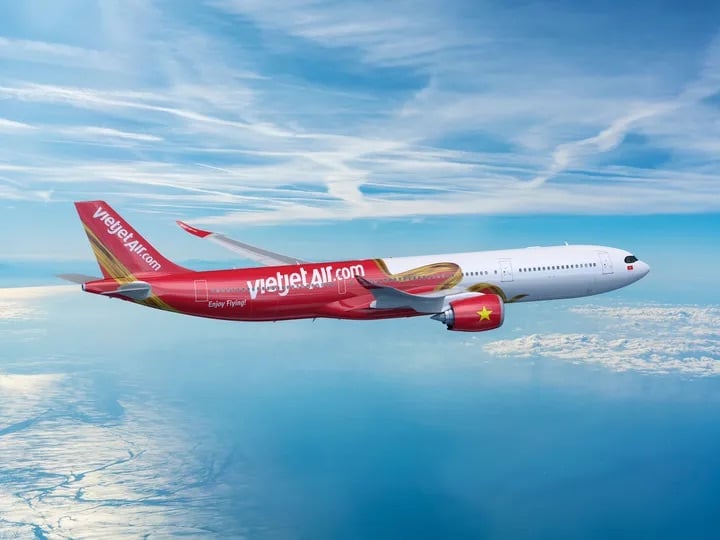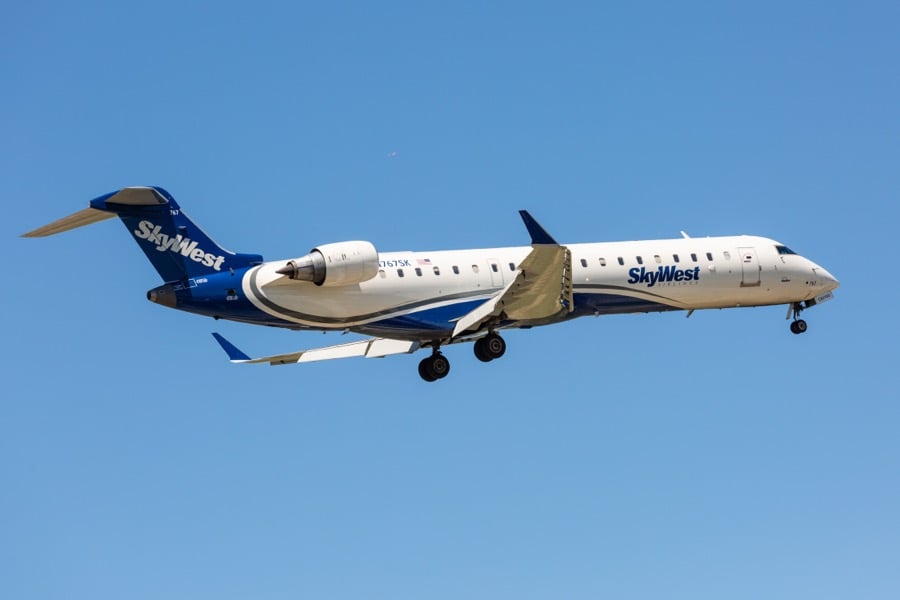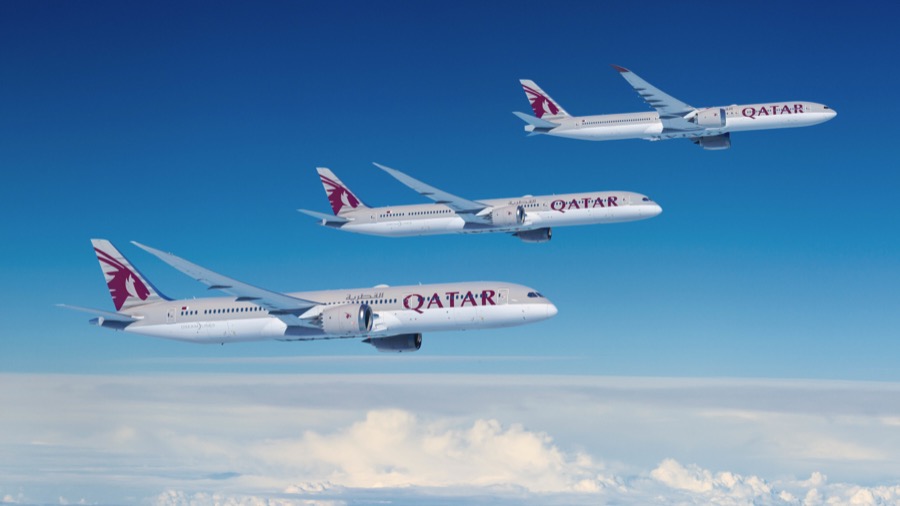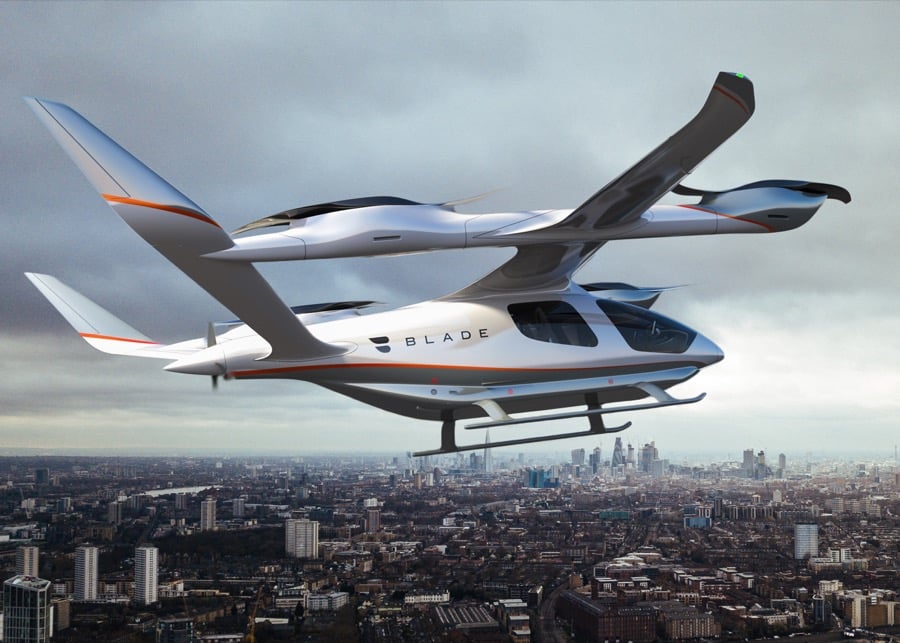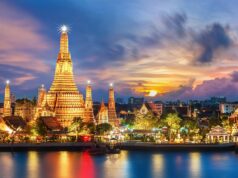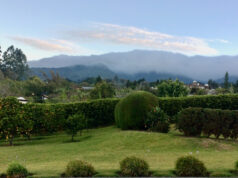
In the April issue, I wrote about the first part of our journey up the Amazon River and our first port of call, Santarém. In this second part, I will share my impressions as we voyage further upstream toward our destination, Manaus.
After our piranha fishing adventure, a city tour of Santarém from the river, followed by a wicked squall that kept us from coming up alongside our ship for it’s thirty-minute duration, we boarded our home away from home, the Viking Sea. Anchored in the Tapajós River, out of the Yoo-hoo-colored water of the Amazon, we could see some of the many beaches that are found in the area. Close to the nearby community of Alter do Chão is a spectacular beach that is recognized as one of Brazil’s best and among the best fresh-water beaches in the world. One could bask in the sun in the morning on the beach and be seemingly deep in the Amazon jungle only minutes later. The area has so much biodiversity that those who come to stay for any time at all have myriad choices for activities, vistas, and experiences.
By day, the farms and communities of huts can be seen on the banks of the river, but at night, it’s only darkness at the base of the canopy of the starry sky. Intellectually, you know there are people inhabiting the area but there is no sign of life at night. Because the area is so close to the equator, they live with twelve hours of light and twelve hours of dark (give or take a few minutes from solstice to solstice).

In the morning, we approached Parintins, a municipality at the eastern edge of the state of Amazonas on one of the countless islands in the river basin. It is the second-largest city in Amazonas with a population of about 115,000. The community of indigenous peoples was first discovered by a Portuguese explorer in 1749. Europeans were first seen on the great river, going downstream in as early as 1542. The many generations between those years must have told stories of the great ships passing by, but in 1749, their luck changed – for one way or the other.

Our tour of Parintins for the day included an amazing exposition titled Boi Bumbá for which the town is known. Every year in June, Parintins hosts the second-largest festival in all of Brazil (second only to Carnaval in Rio de Janeiro). On the streets and in the stadium, two troupes compete to tell the story of a resurrected ox. The better troupe wins. The costumes are enormous and beyond elaborate. They are ingeniously engineered and decorated to be backdrops that come alive as characters when they are picked up and worn by dancers.
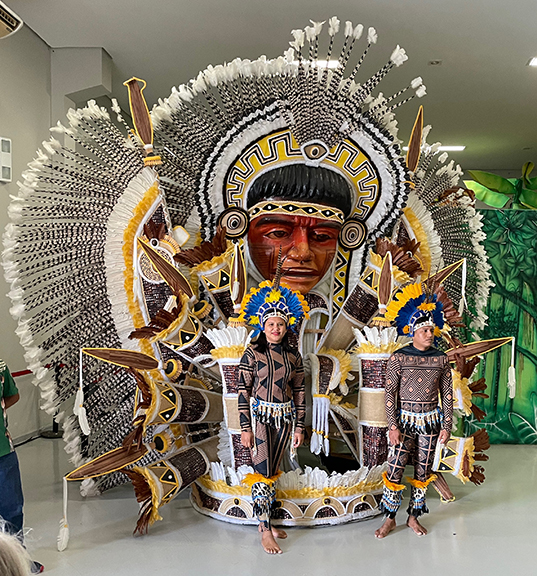
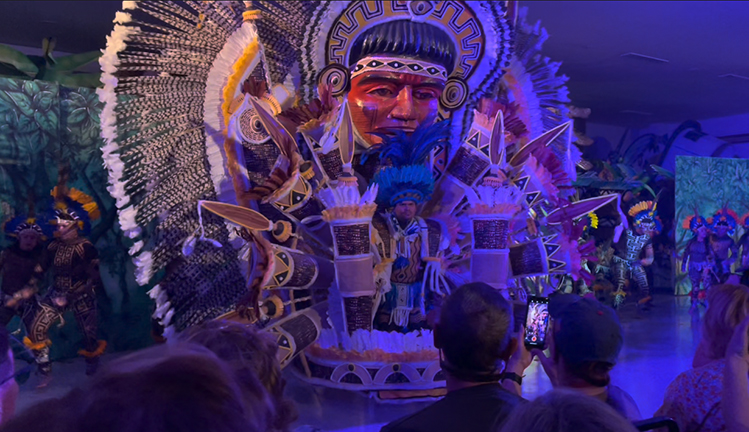
We were treated to a recreation of the show held in a their convention center hall. I watched the hour-long display in total amazement enhanced by the lively music and the effects of three caipirinhas I had been served while we waited for the show to begin.

Afterward, we walked along the streets shopping for hand-crafted items. I bought a small carved oar from the woodcarver and a hatband made of seeds. Usually, my mementos are consumables, like olives (from anywhere they grow) or local dried herbs or spices. The only consumable I found in Parintins were green plantains that I bought from a street vendor. They were delicious– perfectly sliced, fried, and salted like the ones I had eaten a thousand times as a kid growing up in Central and South America. Ah nostalgia!
The following morning, we turned at the confluence onto the Rio Negro, leaving the light brown waters of the Amazon as Manaus, the capital of the Amazonas, came into view. Manaus is Brazil’s seventh-largest city with a population around 2.2 million. It flourished in the 19th century as the European and American rubber barons built lavish buildings and homes. Manaus has a fascinating history of rise and decline – rise owed to the rubber industry and the fall attributed to the cultivation of Brazilian rubber in Southeast Asia. It has surely risen again as an industrial hub and great port city of the Amazon.

There are no bridges over the Amazon but in Manaus, a long cable-stayed bridge spans the Rio Negro. Locals call it the “bridge to nowhere.” For every municipality along the Amazon, the river itself is the main artery. Roads are few, mostly unpaved and sparsely traveled. The river, however, is a great highway for goods in and out.

If you’re adventurous, young, and vigorous, fly into Manaus and book a local boat down the Amazon to Belém for a flight back — or the reverse. I’m told that every evening is a party before you settle into your hammock for the night. Be sure you’ve had your yellow fever shot! If you’re not so inclined, there are small luxury cruise lines, and known carriers like Viking. Currently, Viking only has only four Amazon trips per year – two upriver and two down.
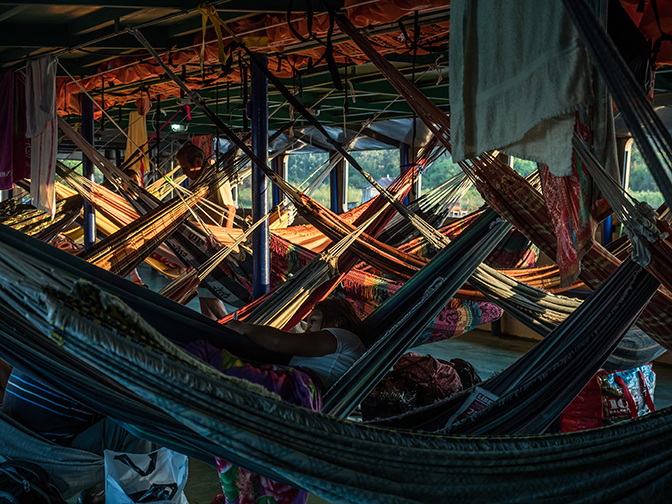
I am so grateful and honored to have had the experience of cruising on this amazing body of water and of having been deep within the “lungs of the earth.” I heartily recommend a trip back in time on the mightiest of all rivers – The Amazon












